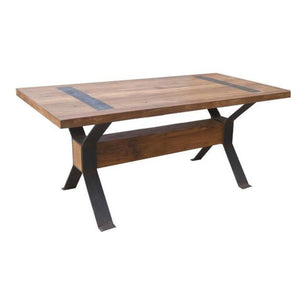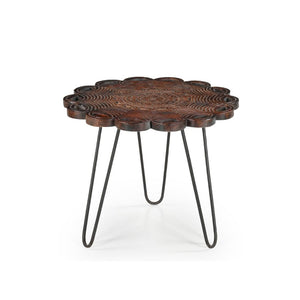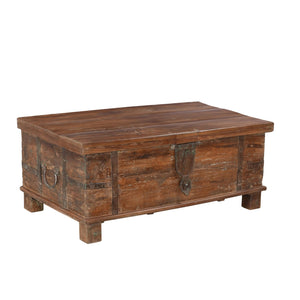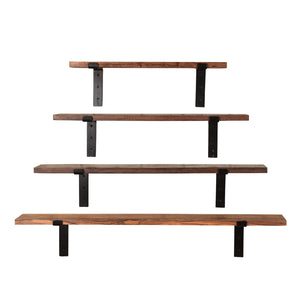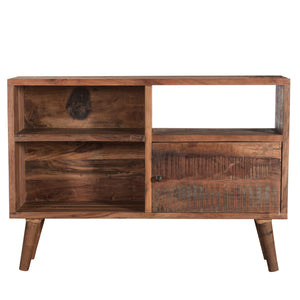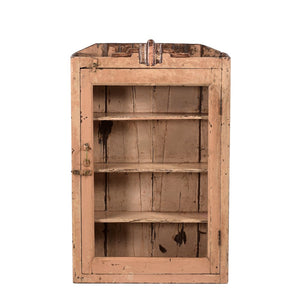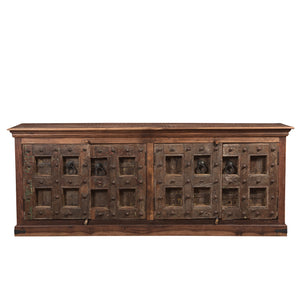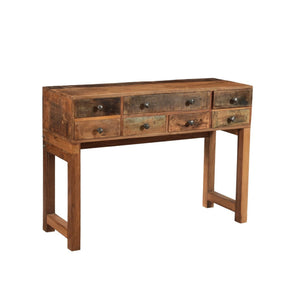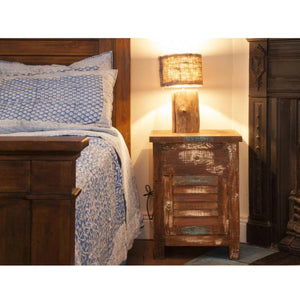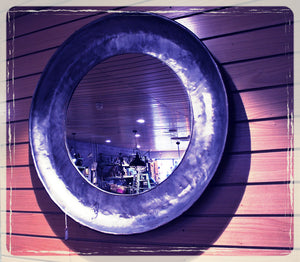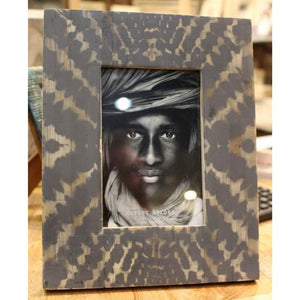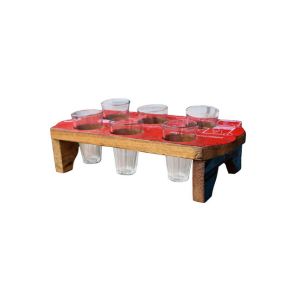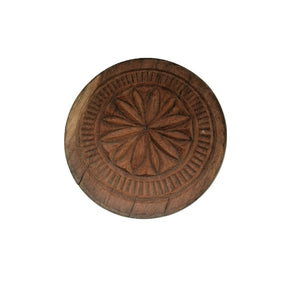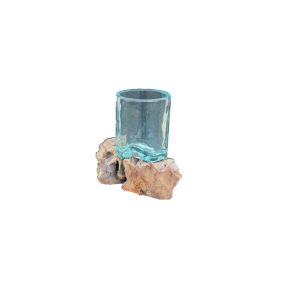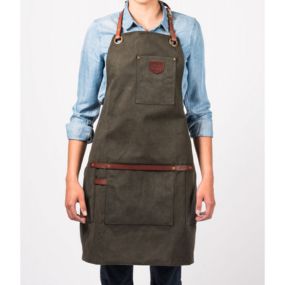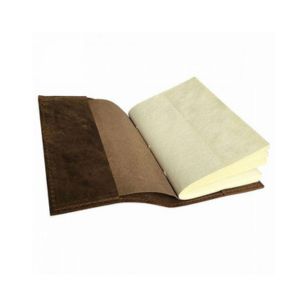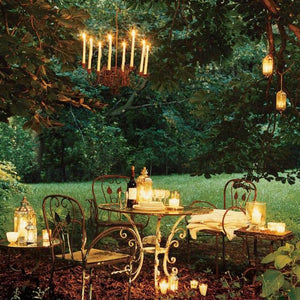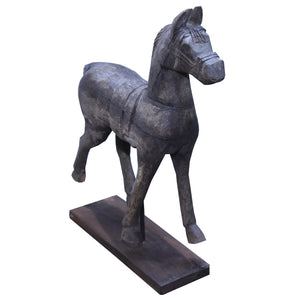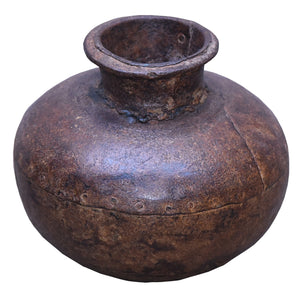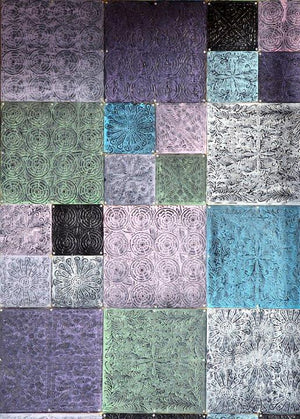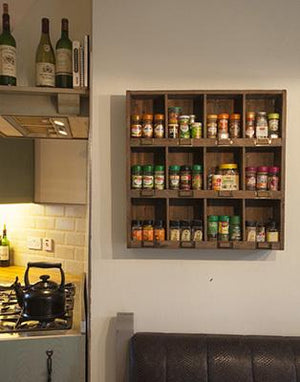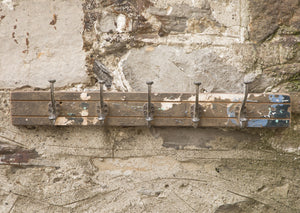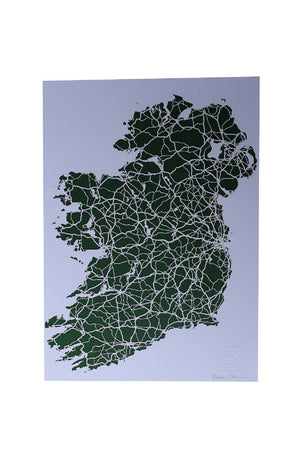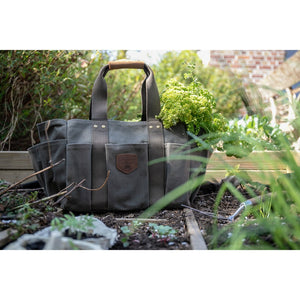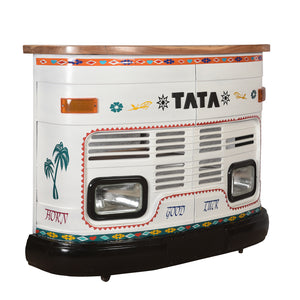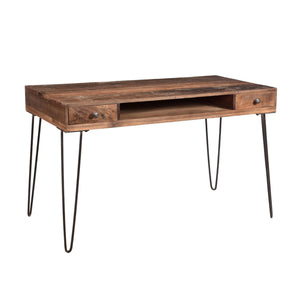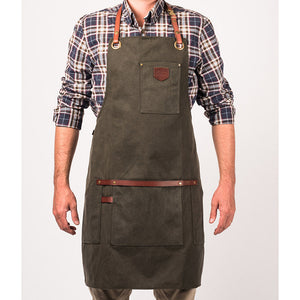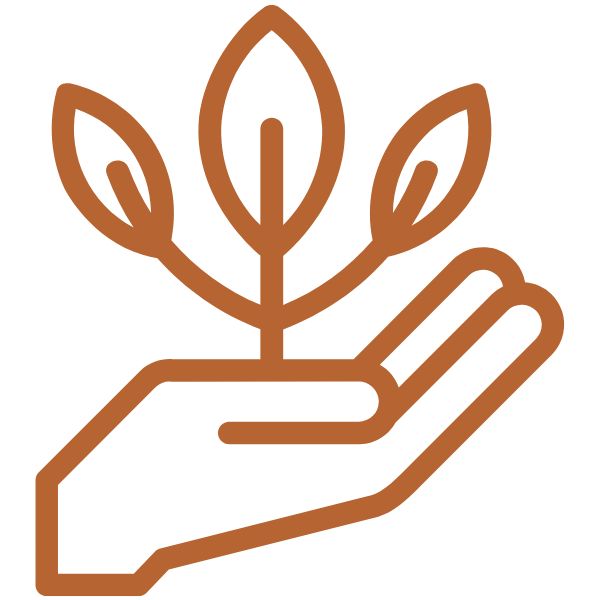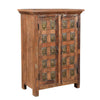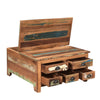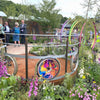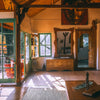Syrian Glass
La Maison d'Alep
History
Created in the 2nd Century BC, the technique of Blown Glass had always been used in Syria.
Up to the 1920’s, the glass makers primarily produced utility objects (Jars, Oil Lamps, Bottles, Suction Cups, Apothecary Flasks, Perfume Bottles...)
In the Twenties, the French Institute of Art & Archeology started to reproduce these beautifully crafted piece’s in museums, opening up new markets for the highly skilled Syrian Crafts people. From the Thirties, they discovered foreign and modern designs, giving them the opportunity to develop their designs.
During World War Two, the demand for glassware boomed, due to the lack of imported products and the growing strength of the local glass industry. Workshops were created in the suburbs and beyond. To that point, the workshops were family businesses but due to high demand, they hired workers from outside to meet the demand. Some of the workshop’s became mechanised.
Nevertheless, the master craftsmen of the old workshops preserved, and remained true to their traditional technique’s passed on from generation to generation. The old traditional workshops remained operating after the war, while a lot of the new workshops closed down, due to the return of imports.
Technique
Today the furnaces, made of refractory bricks, covered with mud, are operating on fuel but they used to operate on wood and olive kernels.
Up to 1930, the glass was made from silicate ground (sand) and alkaline compounds (sand from Qalamun – Mountain West of Damascus, alkali from Ghizlanieh – North of Damascus). After 1930, the raw material used is recycled glass from soft drinks factories, glaziers, households...
The fire of the furnaces are continuously maintained, so the blowers work in shifts. Once the piece is blown, it is placed in an ‘annealing’ area for several hours.
Today
In 1975, Damascus had 14 glass blowing workshops.5 of them were still active in 2011 before the war. Today only 2 remain.
The complexities of current situation makes it impossible to keep the large furnaces running- Demand and production have decreased dramatically – and the Glass blowers of Syria are struggling for survival . To keep producing, the glass makers have had to build smaller furnaces that do not allow the manufacture of large pieces (vases, lanterns.). It was this challenge that resulted in the production of our range what was once known as the ‘Bunch of Grapes’ is now referred to by the Glass blowers as the ‘Tears of Syria’ !
The shortage of fuel interrupts the work in progress. To start the furnace after a shut down, it requires at least a full day of preheating with an additional cost of few hundred liters of fuel.
As one of our guiding principles, we here at Home STREET Home, firmly believe that the best way in which we can have small positive contribution to the recovery of ordinary people’s lives in Syria, is to promote trade directly with the workshops, to help protect the future livelihoods of these extremely talented craftspeople, and to ensure that these ancient traditional skills are passed on for future generations.
The Glass Cluster, nicknamed in Arabic "Bunch of Grapes" was created in the 1950's by a glass maker in Damascus. Colours range from Blue, Turquoise, Amber, Green & Olive. It is a purely decorative design piece, commonly found hanging in the household courtyards.
The grapes are made of glass drops, mouthblown from recycled glass and assembled on a metal framework. The drops are blown without a cast, each piece is unique, the number of drops vary for each light.
A power cable was added for use as a table lamp or a hanging light.













